
Silene nutans is a flowering plant in the genus Silene, most commonly known as Nottingham catchfly.
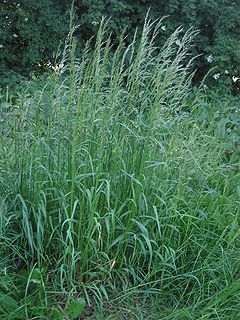
Arrhenatherum elatius, with the common names bulbous oat grass, false oat-grass, tall oat-grass, tall meadow oat, onion couch and tuber oat-grass, is a species of perennial grass, native to Europe, western Asia, and northern Africa.
British NVC community MG1, Arrhenatherum elatius grassland, is one of the mesotrophic grassland communities in the British National Vegetation Classification system. This type of plant community was named in 1919 as Arrhenatheretum elatiorisBr.-Bl.. It is a very widespread community throughout the British lowlands of England, Wales and southern and eastern Scotland.
British NVC community MG2 is one of the mesotrophic grassland communities in the British National Vegetation Classification system.
British NVC community MG9 is one of the mesotrophic grassland communities in the British National Vegetation Classification system. It is one of three communities associated with poorly drained permanent pastures.
British NVC community MG3 is one of the mesotrophic grassland communities in the British National Vegetation Classification system. It is one of four such communities associated with well-drained permanent pastures and meadows.

Coleophora lutipennella is a moth of the family Coleophoridae. It is found in most of Europe, except the Mediterranean islands.
British NVC community OV38 is one of the open habitat communities in the British National Vegetation Classification system. It is one of six communities of crevice, scree and spoil vegetation.

Coleophora albitarsella is a moth of the family Coleophoridae. It is found in most of Europe, but has not been recorded from Ireland and Greece.
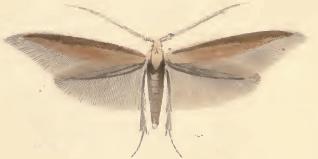
Coleophora wockeella is a moth of the family Coleophoridae. It is found from Latvia to the Iberian Peninsula, Italy and Albania and from Great Britain to southern Russia.

Coleophora conspicuella is a moth of the family Coleophoridae found in Asia and Europe. It was first described by Philipp Christoph Zeller in 1849.
Coleophora conyzae is a moth of the family Coleophoridae. It is found from Sweden and Finland to the Iberian Peninsula, Corsica, Sicily and Crete and from Great Britain to Romania.
Coleophora deviella is a moth of the family Coleophoridae. It is found from Denmark to Spain, Sardinia, Sicily and Greece and from Great Britain to southern Russia. It occurs in desert-steppe and desert biotopes.
Coleophora lithargyrinella is a moth of the family Coleophoridae found in Europe.
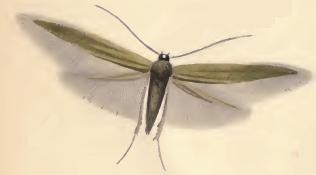
Coleophora paripennella is a moth of the family Coleophoridae. It is found in most of Europe, except the Iberian Peninsula and Balkan Peninsula.
Coleophora albella is a moth of the family Coleophoridae. It is found in most of Europe.
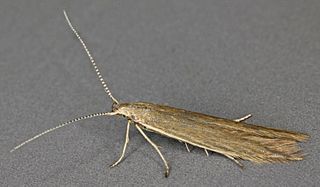
Coleophora alticolella is a moth of the family Coleophoridae, found in Europe and North America.
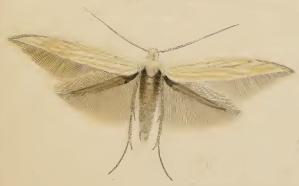
Coleophora silenella is a moth of the family Coleophoridae. It is found in most of Europe, except Fennoscandia, Ireland, Greece, Portugal and Ukraine.
Coleophora nutantella is a moth of the family Coleophoridae. It is found from Fennoscandia to Spain, Sicily and Greece and from France to the Baltic states, Poland, Slovakia, Hungary and Romania. It is also found in Asia Minor.

Helcystogramma rufescens is a moth of the family Gelechiidae. It is found in most of Europe.






